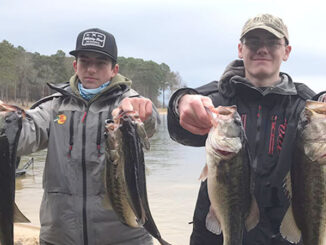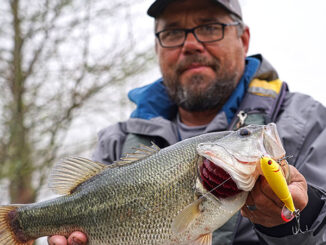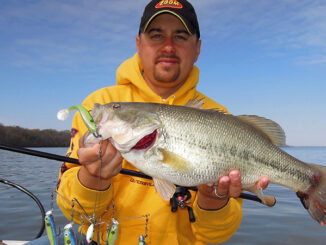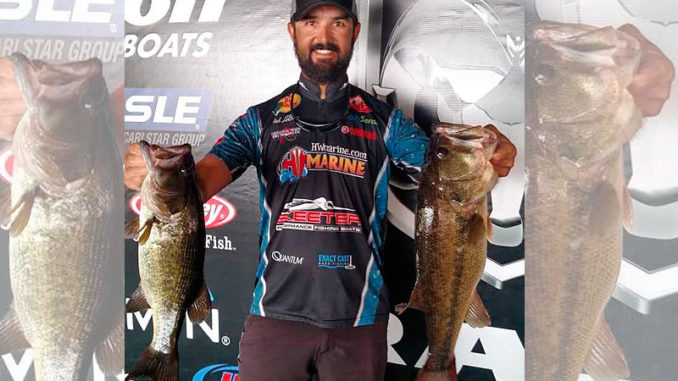
When Nick LeBrun wants to catch bass in November, he goes to the good ol’ “box worm.”
What, you might ask, is a “box worm?” It’s a nickname of sorts for V&M’s 81/2-inch Wild Thang, the bait of choice for LeBrun each November on Caddo Lake, Toledo Bend and other prime bass-fishing destinations across the Sportsman’s Paradise.
LeBrun, a 34-year-old FLW Cup qualifier from Bossier City, said he and others started calling it the “box worm” after the term was coined by Kevin Lasyone of Dry Prong.
“We call this the ‘box worm.’ It comes from one of my mentors, who said, ‘I call it the box worm because if you catch one on it, it’s going in the box.’ Ever since we’ve called it the ‘box worm,’ ” LeBrun said.
The Wild Thang
The Wild Thang has helped him finish in the money in quite a few pro bass tournaments, and it will put bass after bass in the boat when he uses it in November.
“Well, in November, a lot of things come to mind. If I had to pick one thing, it’s the Wild Thang,” said LeBrun, who loves to fish the plastic worm, which has a long, corkscrew tail in water, 3 feet or less, around cypress trees on Caddo Lake. He pointed out that he has caught plenty of bass, including 6-pounders, on the Wild Thang at Toledo Bend and other alluring fisheries around the country.
“Man, I’ve caught 100 4- to 6-pounders on it. There’s been a lot of fish brought to the scales on this worm, not only by me — by a lot of anglers,” said LeBrun, who rigs it Texas-style on a 5/0 Hayabusa 959 Hook with a ½-ounce tungsten weight, with 18-pound Sunline FC Sniper line on a Fitzgerald Stunner Reel with a 7-foot-6 Fitzgerald Stunner series rod.
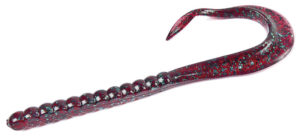
LeBrun said, “I’ve got two favorite colors I throw 90% of the time. (Plum with blue flecks), is my favorite. And you can’t go wrong with black/blue.”
Cypress trees
He’s in his element when he can pitching around cypress trees on Caddo Lake.
“When I pitch it in there, I want to have a true, vertical fall (which may involve dropping the rod tip and feeding line). After it hits bottom, I may pump it one or two times,” he said, calling it a “yes or no” bait. If he doesn’t get a bite in those few moments, he looks for his next tree or bush.
However, he said, “You can’t fish it too slow.”
